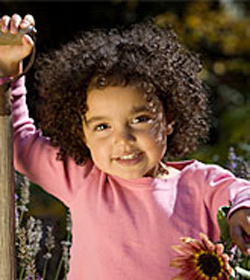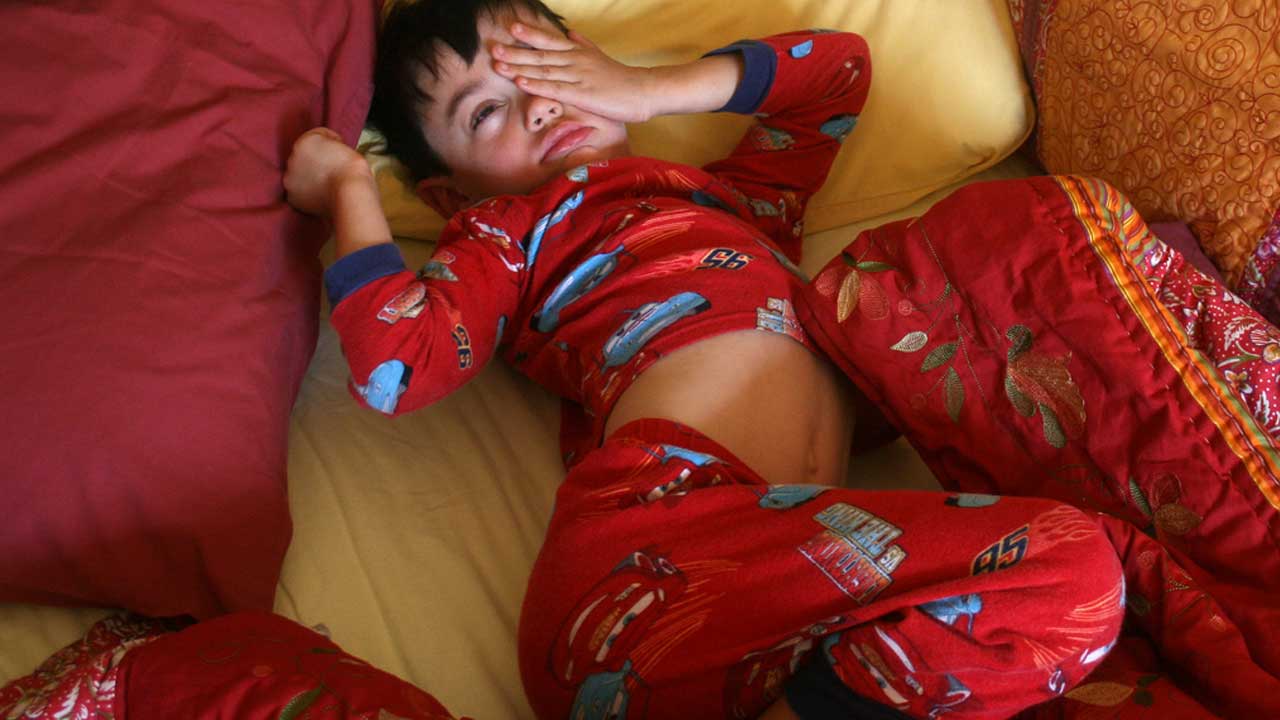5 Simple Steps to Stop Hay Fever Symptoms

by Peg Rosen
Sniffling, sneezing, puffy eyes — kids’ hay fever misery can be the first sign of spring. Up to 40 percent of all children struggle with allergic rhinitis, according to the National Institute of Allergy and Infectious Diseases (NIAID). That’s the proper name for the upper respiratory symptoms caused by either year-round allergens (like mold or pet fur) or seasonal allergens (like pollen, which multiplies and becomes airborne in warmer weather).
Medication can help manage your child’s hay fever symptoms, but the best remedy is to nip those allergies in the bud. “Once the bad symptoms start, it takes less and less pollen to exacerbate the whole vicious cycle,” says Neeta Ogden, M.D., an adult and pediatric allergist at Englewood Hospital and Medical Center in New Jersey. Here are a few steps you can take to ease your kid’s hay fever symptoms:
Step No. 5 to Ease Hay Fever Symptoms: Fend off fresh air.
Keep windows shut from early morning to late afternoon, when pollen counts are at their peak. Change filters in your air-conditioning units and vents frequently. Keep car windows up and your vehicle’s air-conditioning on the “closed system” setting so air recirculates instead of coming in from outside.
Step No. 4 to Ease Hay Fever Symptoms: Check pollen counts.
Log on to the American Academy of Allergy, Asthma & Immunology website for a daily update. When the numbers are high, take extra precautions, such as asking your child’s school to keep her indoors during recess.
Step No. 3 to Ease Hay Fever Symptoms: Keep the house clean.
Despite your best efforts to keep allergens out, they will still find their way inside — and onto just about every surface. Extra vacuuming and dusting can help, along with regularly washing your child’s bedding. Wipe down pets and keep them out of your child’s bedroom and off of the furniture.
Step No. 2 to Ease Hay Fever Symptoms: Strip ’em down.
As soon as your child enters the house after spending significant time outside (and before she gets anywhere near her bedroom), peel off her pollen-laden clothes and toss them into a plastic bag until they’re ready to go into the wash. Have her shower and shampoo immediately.
Step No. 1 to Ease Hay Fever Symptoms: Get a jump on medication.
If your child takes preventive allergy medications, she should start taking them well in advance of warmer weather. Since kids’ bodies can change dramatically from year to year, visit the allergist to be sure the medication and dosage is appropriate. “Don’t wait until the last minute. Make it routine to see your allergist in late February or early March,” says Ogden.
From medication to spring-cleaning, early precautions can keep hay fever symptoms at bay — or at least to a minimum.
Photo: @iStockphoto.com/lightasafeather
Peg Rosen has contributed to numerous magazines and websites, including Healthy Kids, MORE, Redbook, SELF, Real Simple, Parents, Family Circle, American Baby, ParentCenter.com and WebMD.com. She blogs at Relish-This.Blogspot.com.




